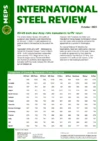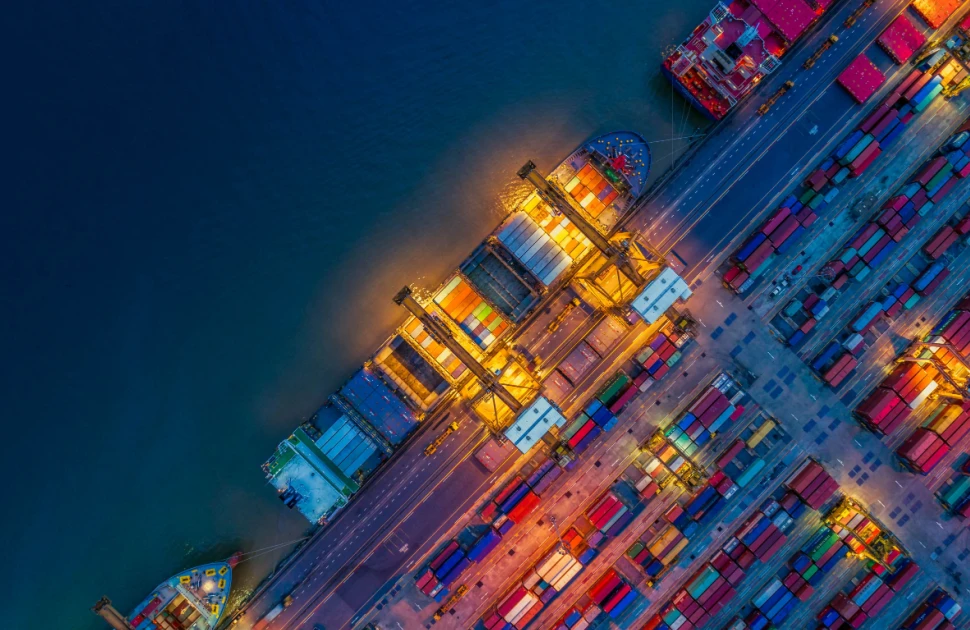Exports key to China's 2024 economic growth
China’s steelmakers will be closely monitoring the effect of rising shipping costs as the Red Sea conflict continues to divert commercial cargo vessels away from the Suez Canal.
Amid faltering domestic demand, and a construction sector crisis, Chinese steelmakers’ 2023 exports increased by 36.2% year-on-year, to 90.3 million tonnes, according to the China Iron and Steel Association – their highest level since 2016.
The China Association of Automobile Manufacturers, meanwhile, has said that a surge in vehicle exports of 63.7%, to 4.1 million units, could propel China past Japan as the world’s number one exporter of cars.
Car manufacturer BYD claims to have sold 560,000 electric vehicles in the final quarter of 2023, overtaking Tesla. In 2023 as a whole, it sold more than three million electrified vehicles. China’s official automotive production and export data will be published on January 31.
China’s 2023 GDP growth exceeded the Chinese government’s 2023 target, ending the year at 5.2%. A broker consensus, compiled by data provider FactSet, forecasts that this will decline slightly to 4.6% in 2024 and 4.3% in 2025.
Chinese steel production ‘flat’
The growing importance of exports to the Chinese economy means that the Red Sea shipping crisis poses a risk to GDP growth. Any slowing of China’s economy could also expose overcapacity in its steel industry, applying downward pressure to prices.
Despite being ahead of 2022’s crude steel production volumes by the end of November, data from the country’s National Bureau of Statistics showed that output remained near flat in 2023, at 1.02 billion tonnes. The official data stated that China's crude steel production had declined by almost 15% year-on-year in December, to 67 million tonnes.
Export demand is vitally important. However, the challenges faced by shipping companies are harming the appeal of imports to customers in Europe and the United States.
Shipping issues
Denmark’s Maersk is among the shipping companies that have diverted all vessels away from the Suez Canal in light of attacks by Houthi rebels in the Red Sea. Steel destined for Europe from South Korean steelmaker Posco was on board a ship seized in December.
In normal circumstances, 15% of global shipping traffic passes along the route. The alternative shipping route around South Africa’s Cape of Good Hope is currently adding almost 12,000 nautical miles in distance and 30 to 40 days in transport times from Singapore to Europe, however.
On January 18, Drewry’s World Container Index indicated that transport costs had risen to USD3,777 per 40-foot container, an increase of 82% on the same week in 2023. The figure is also 166% more than the average 2019 (pre-pandemic) rate of USD1,420.
Some Asian steelmakers withdrew from the European market altogether following the growth in shipping costs. Others have shifted to FOB offers, leaving steel buyers to make their own transport arrangements, while some offers exclude the payment of duties.
For China, withdrawing from the market is unlikely to be an option as it pursues a new set of GDP growth targets in 2024.
- This content first appeared in the January edition of MEPS International's International Steel Review. The monthly report provides subscribers with steel prices, indices, market commentary and forecasts from across the globe.

Source:
International Steel Review
The MEPS International Steel Review is an essential monthly publication, offering professional analysis and insight into carbon steel prices around the world.
Go to productRequest a free publication





